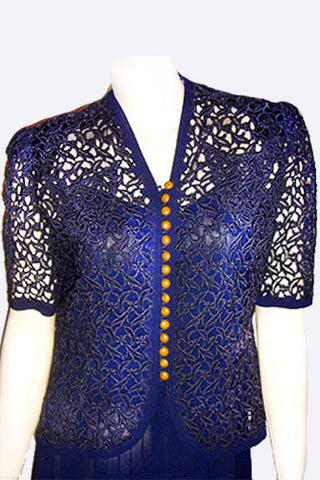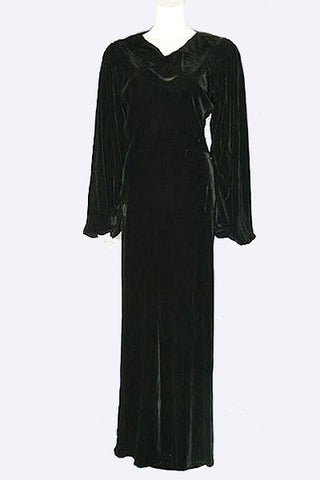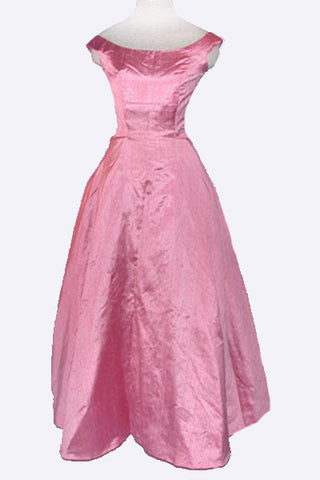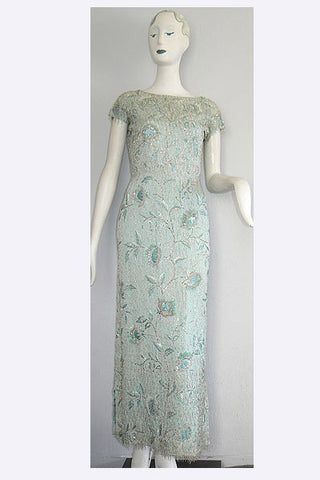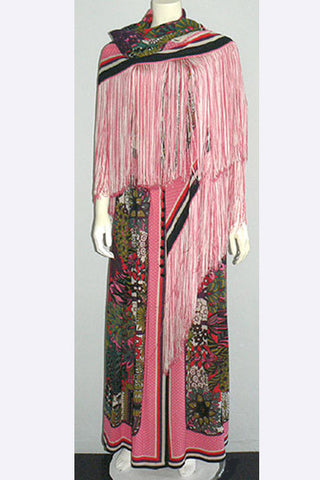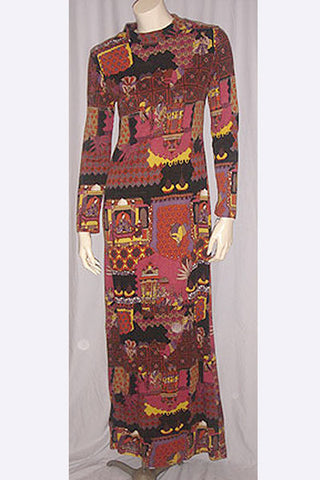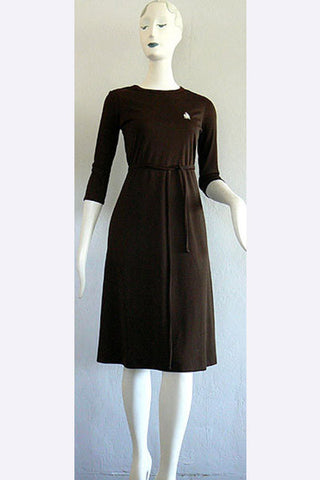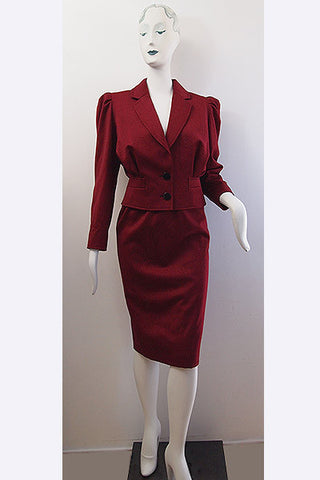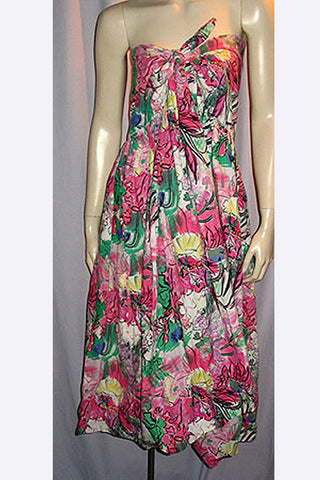Lanvin, Jeanne
Jean Lanvin was a French fashion designer who, in her early career became known for her mother-and-daughter outfits and exquisite evening gowns, as well as her innovative global approach to the fashion industry. Born January 1, 1867, Jeanne was the eldest of 11 children. At age 16, she was an apprentice milliner at Madame Felix in Paris; then trained at dressmaker at Talbot. In 1889 she opened a milliner shop at 22 rue du Faubourg Saint-Honorie. Jeanne Lanvin married Count Emilio di Pietro, an Italian nobleman in 1895 and soon gave birth to daughter, Marguerite, who became a talented opera singer and eventually became the director of the Lanvin fashion house. (1925, Marguerite married the Comte Jean de Polignac who rebaptised her to become the Comtess Marie-Blanche de Polignac). When Marguerite was a child Jeanne created lovely little outfits for her that attracted the attention of a number of wealthy people who requested copies for their own daughters. Soon, Lanvin was making dresses for their mothers, and some of the most famous names in Europe were included in the clientele of her new boutique on the rue du Faubourg Saint-Honorie, Paris. 1909, Lavin joined the Syndicat de la Couture, which marked her formal status as a couturier. 1903, she divorced Pietro and, 1907, married Xavier Melet, a journalist at the Temps newspaper and later the French consul in Manchester. From 1923, the Lanvin empire included a dye factory in Nanterre. 1920s, Lavin opened shops devoted to home decor, menswear, furs and lingerie, but her most significant expansion was the creation of Lanvin Parfums SA in 1924 and the introduction of her signature fragrance Arpage in 1927, inspired by the sound of her daughter's practising her scales on the piano. One of the most influential designers of the 1920s and '30s, Jeanne Lanvin's skilful use of intricate trimmings, virtuoso embroideries and beaded decorations in clear, light, floral colors became a Lanvin trademark. When Lanvin died in 1946, ownership of the firm was ceded to daughter Marie-Blanche, who shared management of the firm from 1942 with a cousin and then a fashion-industry expert. Because she was childless when she died in 1958, the ownership of the House of Lanvin went to a cousin, Yves Lanvin. appointed the Lanvin artistic director for all activities.

